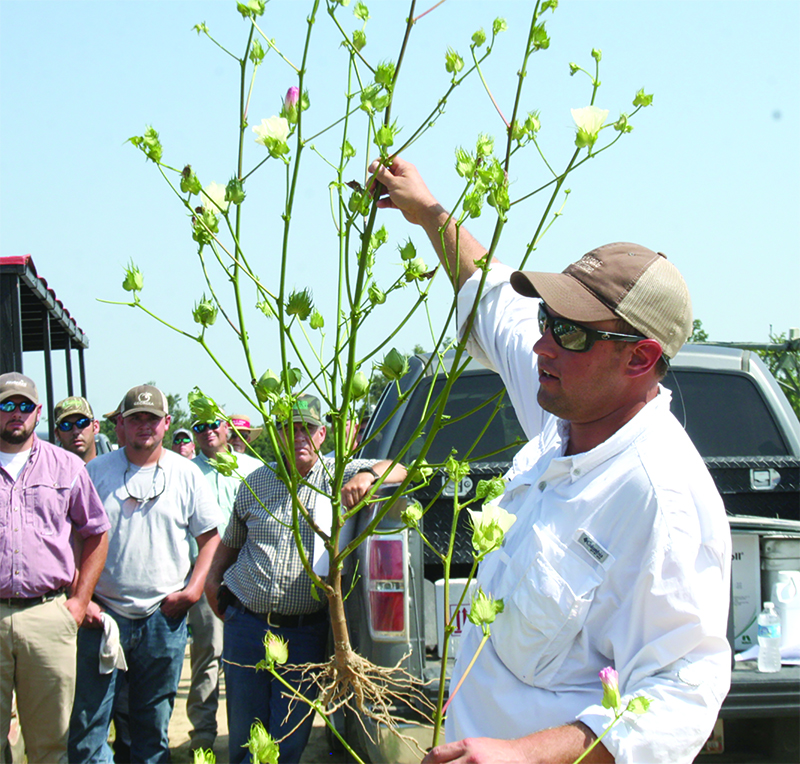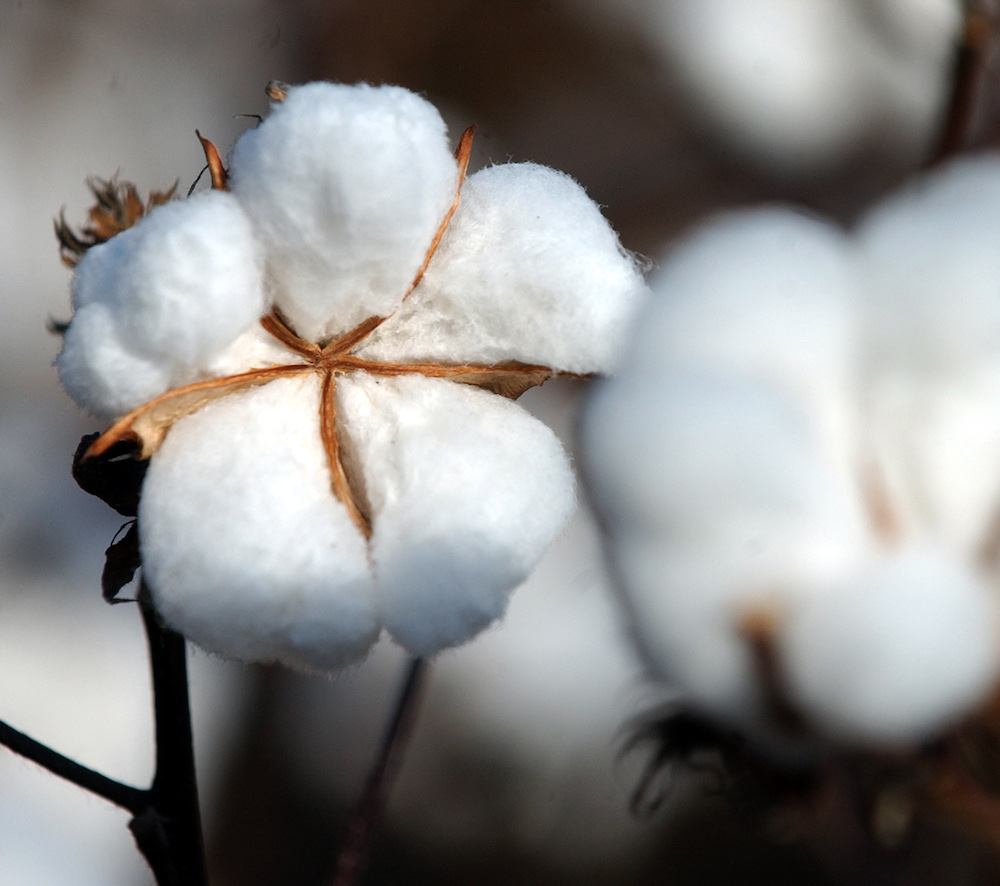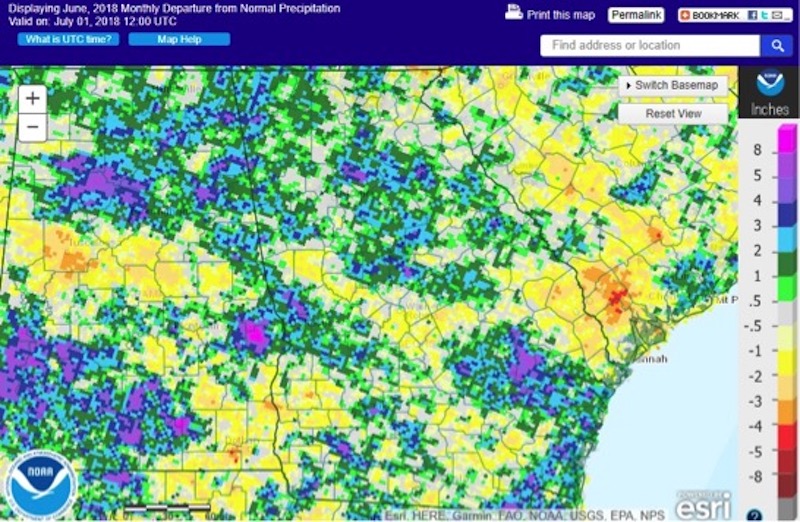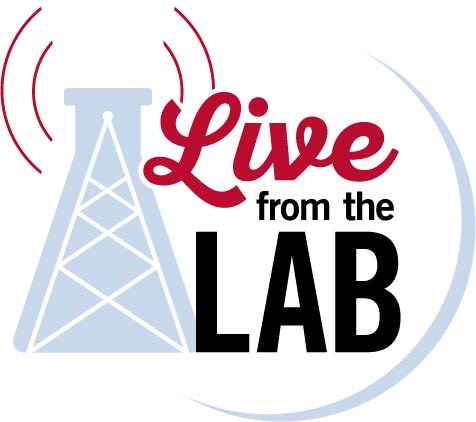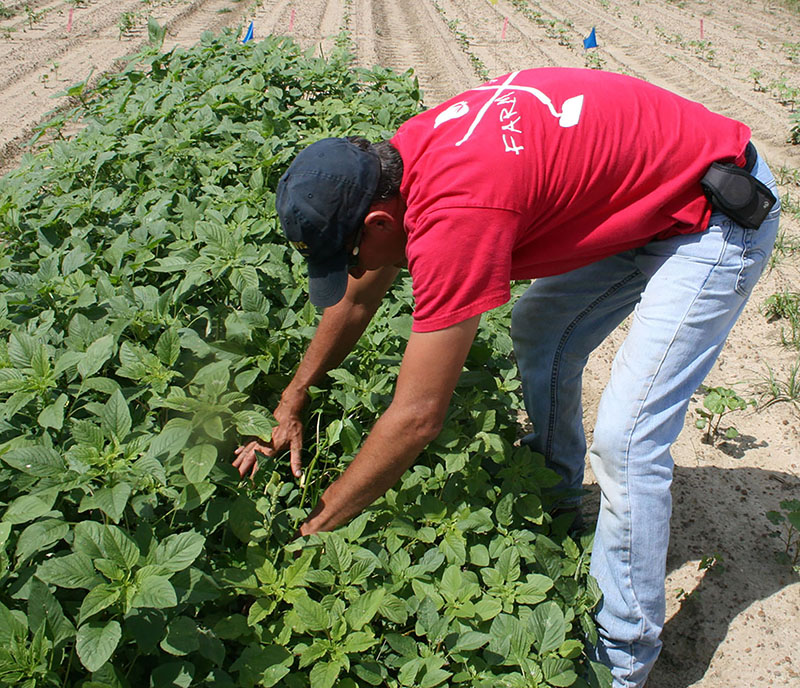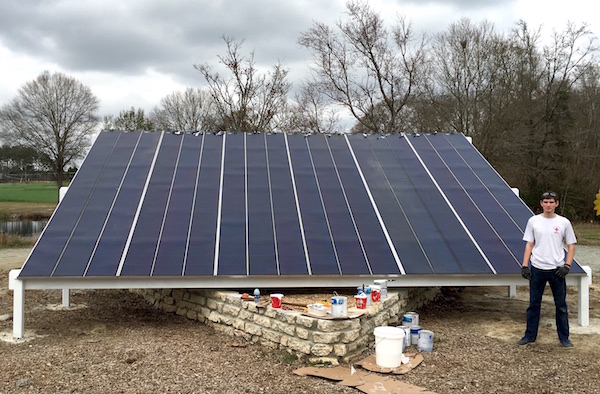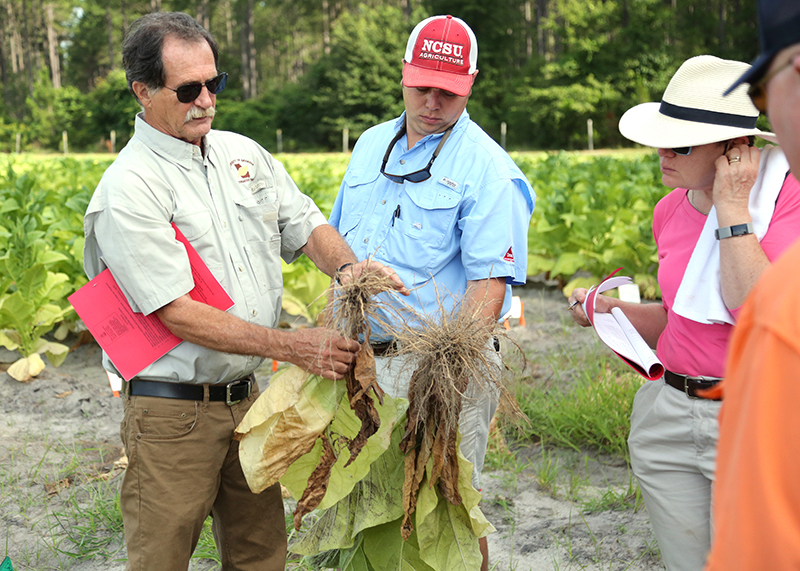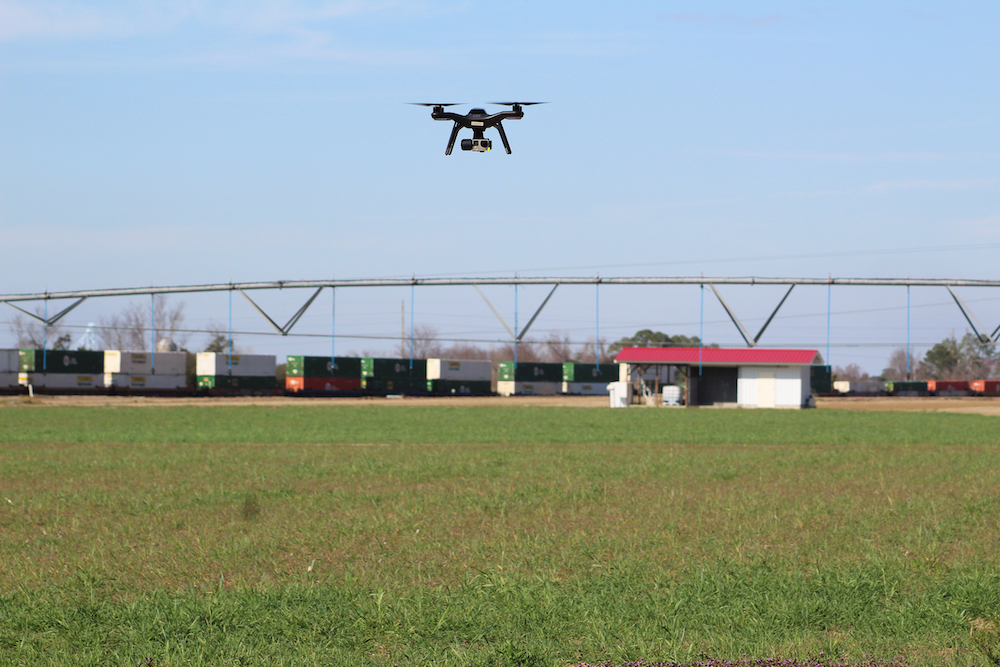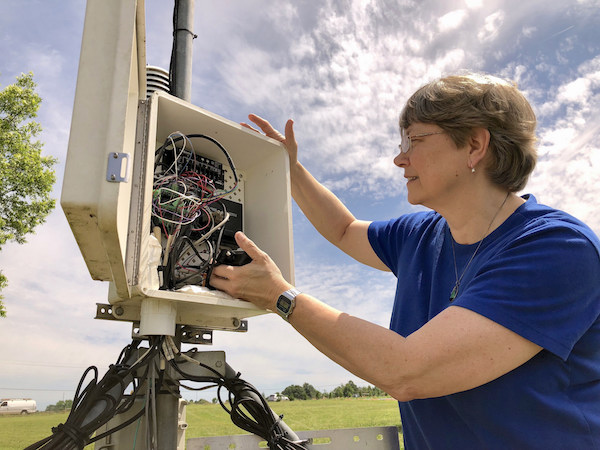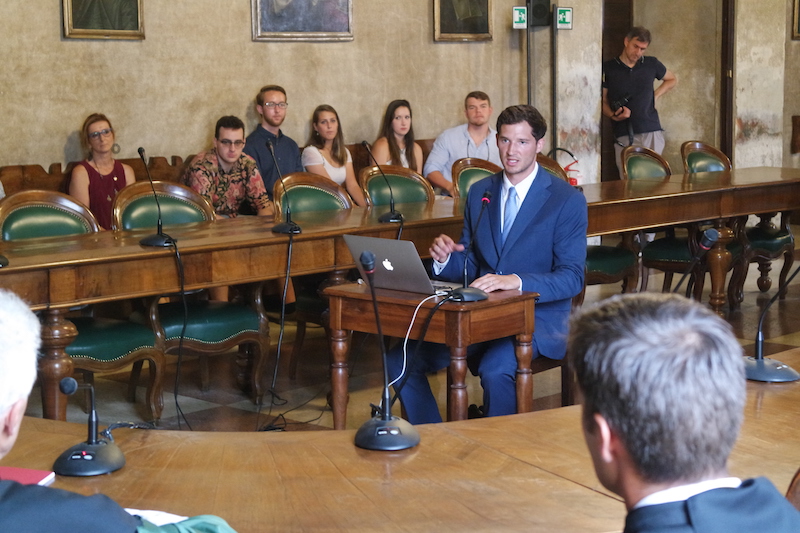 CAES News
CAES News
Dual-degree Graduates
Time flies, especially when you’re studying a subject you love in the heart of Italy. For University of Georgia graduate student Logan Moore, who has spent the last 18 months conducting research and pursuing his master’s degree in sustainable agriculture, his time at the University of Padova, or Università degli Studi di Padova (UNIPD), has come to an end and his degrees are complete.

